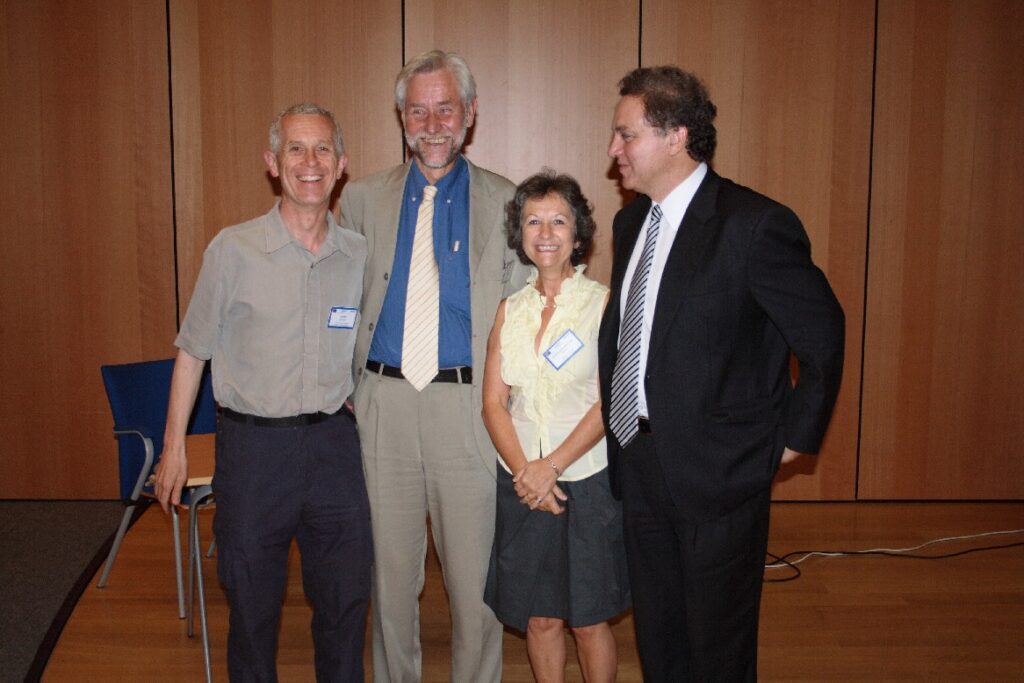
Björn Lindman, born 1942, has been a central figure in the area of colloids and interfaces for several decades. He became Professor in Physical Chemistry at Lund University in Sweden in 1978 and he rapidly built up a large research group with activities ranging from theoretical work on intermolecular and interparticle interactions to problem-solving in collaboration with industry.
In his own research he has made very important contributions in several research fields. He was a pioneer in using the field gradient NMR method for studies of structures of microheterogeneous media such as microemulsions and micellar solutions. NMR diffusometry is now an established technique but in the 1970’s this was exploratory work, which turned out to be very successful. NMR diffusometry was one of the main tool with which it was demonstrated that microemulsions need not consist of closed domains surrounded by a continuous domain; the oil and the water domains may both be continuous.
Björn Lindman has worked with a wide range of amphiphiles, such as polar lipids, surface active proteins, surfactants, surface active block copolymers and hydrophobically modified cellulose derivatives. During the end of the 70’s and the 80’s he and his students made thorough studies of the phase behavior of these and the Lund group made very important contributions to the understanding of the solution behavior of amphiphiles. The work comprised both binary surfactant-water systems and ternary systems involving oil.
In the 90’s Björn Lindman turned to the more complex systems comprising both a polymer and a low molecular weight surfactant. Such systems are extremely important from a practical point of view but their physical chemical behavior is complex and understanding the intermolecular interactions, and the effect that temperature, electrolytes, and other solutes have on the systems, is a very demanding task. At that time B. L. and coworkers had acquired a solid expertise in a number of key techniques and the broad experimental approach involving different NMR techniques, scattering methods, microscopy, and ellipsometry turned out to be very powerful. There are a few laboratories in the world that are recognized as the leading ones in this field and Björn Lindman’s group is definitely one of these.
In more recent years B. L. has focused his interest towards the solution properties of DNA and the interaction between DNA and small amphiphiles, including the important topic of compaction by surfactants and polymers. In this research he returns to biologically oriented surface chemistry, which was where he once started his research at Lund, as a young lecturer in the group of Professor Sture Forsén.
Björn Lindman’s CV is impressive. He has published ~600 scientific papers, written 3 monographs and edited 10 books. He is very well cited, with a Hirsch index of 68.
He has honorary degrees from 6 universities. He has been visiting professor at several universities scattered around the world. He has been plenary lecturer at numerous large international meetings. He has acted as an evaluator for Research Foundations in several European and National Programs. He has been consultant for many European, US and Japanese companies.
He has been president of ECIS and he is currently president of IACIS.
